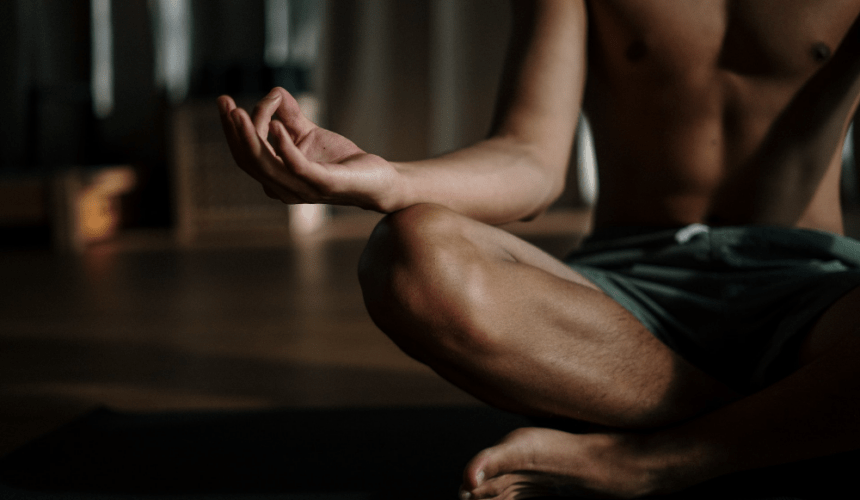If you have ever expressed any feeling of stress or tension to friends and family before, then it is safe to assume that meditation will have been recommended at least once! For somebody who has no previous experience with the practice, it can often feel like an insider’s club that isn’t accessible to outsiders, but that couldn’t be further from the truth.
To help kickstart your own journey with something that can be extremely beneficial and rewarding, here is a brief guide to meaningful meditation.
What Is Meditation?
Meditation is a trained practice in which a person uses a variation of different techniques including things like particular object focus and breathing exercises in order to raise their attention and awareness levels; with the aim of achieving a greater level of mindfulness, mental clarity and emotional stability.
Meditation is a truly universal activity in its wide range of forms, and it is practiced in various belief systems across the world as well as by people who are not religious at all.
How Do You Meditate?
Some of the most popular types of meditation include:
● Guided Meditation
Sometimes also known as guided imagery or visualization, this is a method that encourages people to form mental images of both situations and places that they find relaxing. You should aim to use as many senses as possible including smell, sight, sound and texture, and for beginners this is always better explored with the help of a guide or teacher, either in person or in the form of video or audio accompaniment.
● Mantra Meditation
This is a type of meditation that requires the individual to silently repeat a special mantra that is intended to calm them and center their thoughts. It is believed that focusing on the mantra can help to prevent distracting and intrusive thoughts from entering the mind.
● Mindfulness Meditation
This type of meditation is based on the process of being mindful, or in other words, having an increased awareness of living in the present rather than dwelling on the past or anxieties about the future. When participating in mindfulness activities, you are encouraged to broaden your conscious awareness, and to focus on your breathing in particular in order to cement yourself in the present. It is intended to be a period of calm in your day that allows you to observe your thoughts and emotions and let them pass without any judgment.

● Yoga
If you are the kind of person who benefits from physical activity, then yoga is seen as a form of meditation. It can help to improve your posture and in turn, your breathing, and having a more balanced body can lead to having a more balanced mind.
The important thing to remember is that meditation can be different for every single person in the world. What works for you might not work for somebody else, and half the fun is in exploring all of the different methods and practices to find which brings you the most personal enjoyment and fulfillment.




